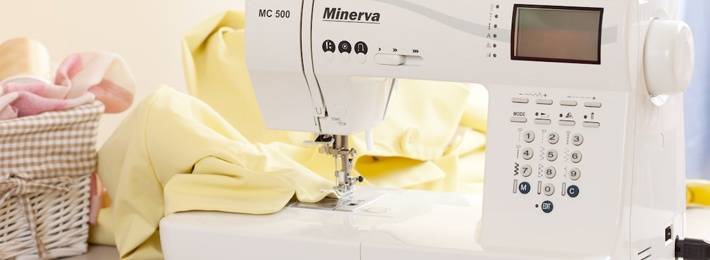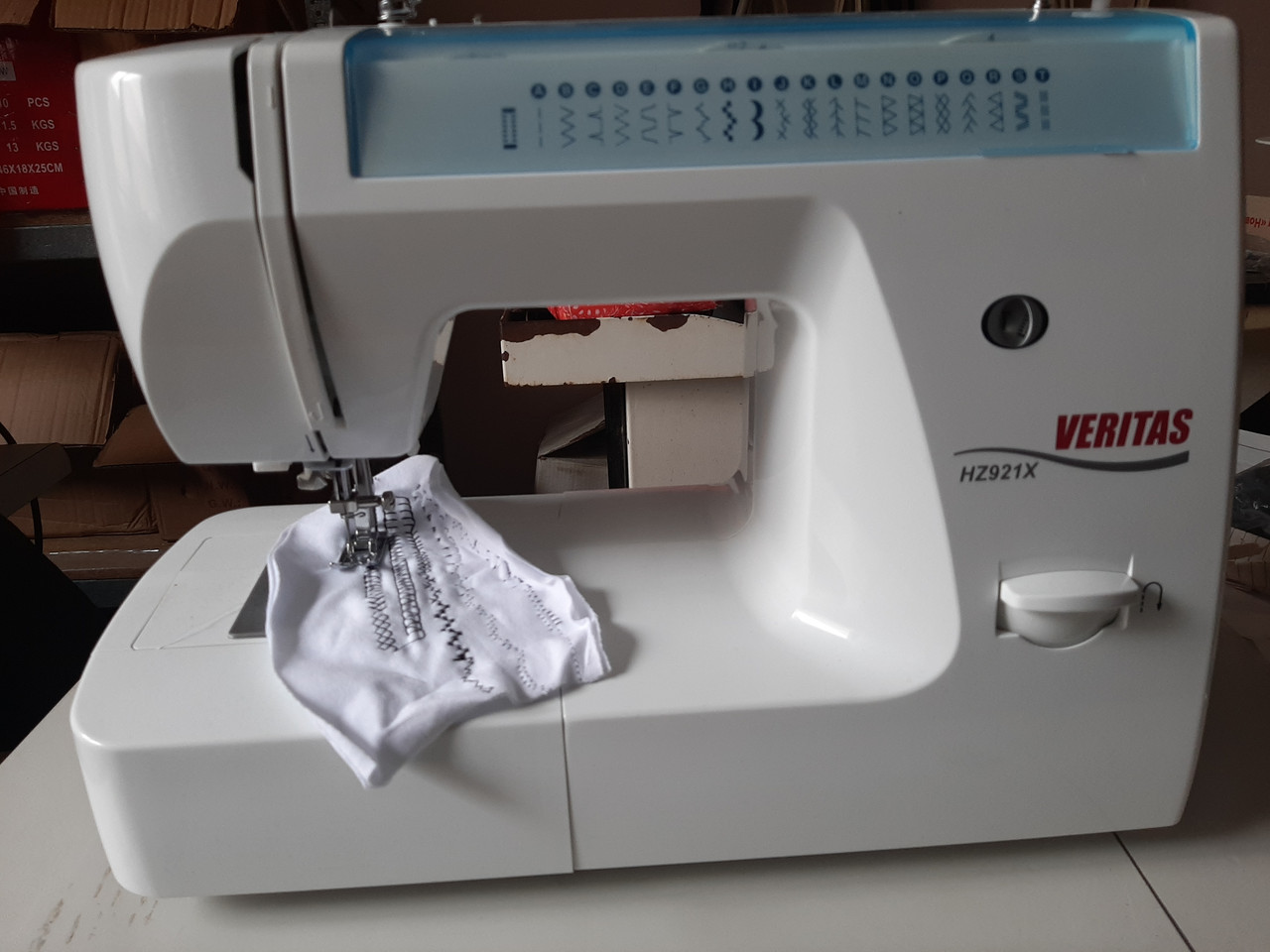
Criteria for choosing a household sewing machine
A sewing machine is an indispensable tool for many housewives.. Its presence among household accessories makes it possible not only to repair various knitwear, but also to carry out tailoring of simple products (for example, kitchen towels or bed linen). Some housewives choose sewing stores equipment models, allowing you to make even wardrobe items (like a man, as well as female).

However, so that the selected equipment fully meets the existing needs, its purchase must be taken as responsibly as possible. It's all about, that the modern market offers a wide range of household sewing machines, different in many ways, including:
- number of transactions;
- construction type;
- energy consumption;
- type of shuttle mechanism;
- a set of additional functions, etc.. d.
It is for this reason that it is necessary to choose a device, based on many factors.
What type of machine will be optimal
Depending on the control principle, the sewing machines offered by manufacturers can be divided into three main types, namely:
- Mechanical. Today they are practically not included in the assortment of specialized stores., because they have an outdated type of control - manual. Only compact models of such devices can be found on the market., which can be effectively used only for minor repairs of textiles with a simple cut. They are not able to work with dense fabrics, do not have a high stitching speed.
- Electromechanical. Such equipment modifications are considered optimal for domestic use.. Many of them are capable of performing up to forty different operations., which makes it possible to use them to solve various problems (from fabric repair to tailoring). The main advantage is the presence of an electric motor, which greatly simplifies their operation., and also speeds up the work.
- Electronic. Choosing this sewing equipment can be the best solution for those, who regularly sews wardrobe items. Such modifications, due to the presence of a control unit, are able to independently regulate the speed of work and the force of tissue puncture. At the same time, the number of operations performed by them can be 150 and more.

There are also computerized sewing machines on the market.. But in everyday life they are practically not used., since most of the operations and functions embedded in the equipment remain unclaimed throughout the entire operational period.




